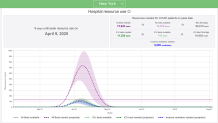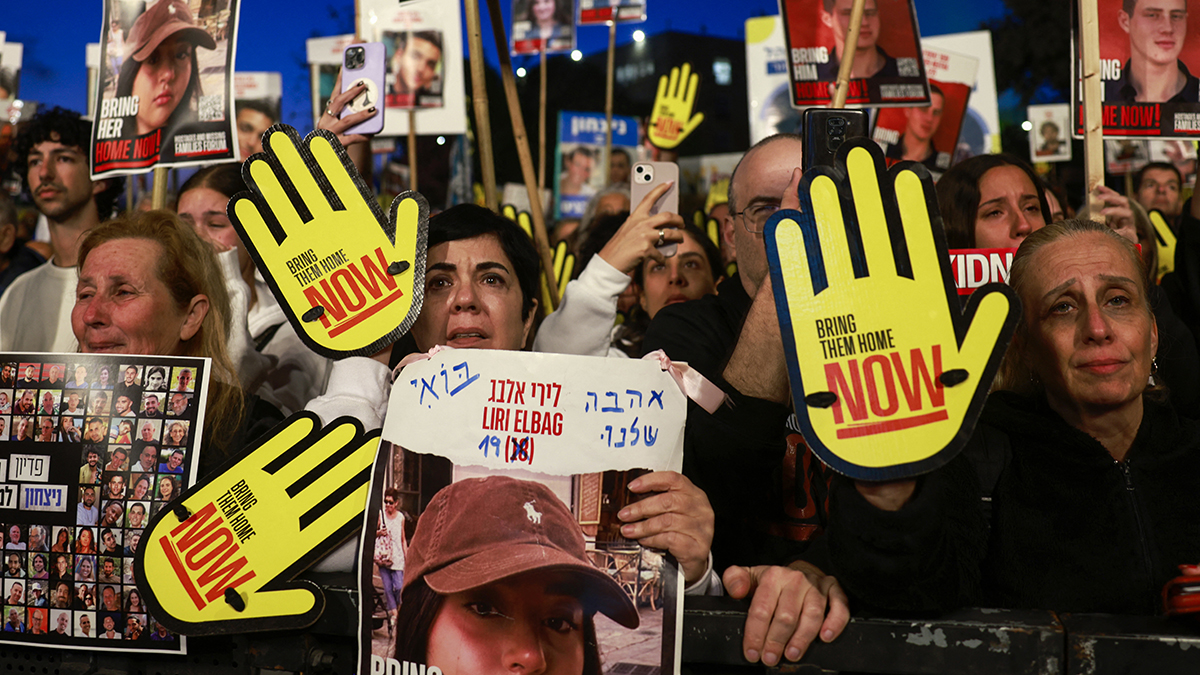What to Know
- New York City has become the U.S. epicenter of the coronavirus pandemic, with about 30 percent of all domestic cases
- As doctors try to figure out when the tide will turn, Columbia University is hinting as some possible clues
- Epidemiologists say the curve of new cases would have to be negative for at least 10 days -- but the city would also have to avoid the virus being re-introduced from the outside
The numbers are staggering: nearly 1,000 dead in New York City, more than 1,200 dead in New York state and more than 1,500 dead in the tri-state region from coronavirus, just in the last month.
The White House's top experts concede 100,000 to 200,000 people nationwide could die. New York Gov. Andrew Cuomo is asked almost daily how many will die in New York, and his response is always this: we can't know yet.
Before we get to a death toll, though, we have to turn a corner on the growing infection rate. While Cuomo says the rate of doubling has slowed, New York City Mayor Bill de Blasio is still warning that April will be worse than March and May could be worse than April.

Amid all that uncertainty, epidemiologists at Columbia University have taken a crack at identifying the signs to look for that would indicate we've turned a corner in the pandemic.
It came in a Twitter exchange between Dr. Nick Gavin, vice chair of clinical operations for the emergency department at Columbia University Medical Center and the Department of Epidemiology at Columbia's Mailman School of Public Health. (To read the full thread click here.)
U.S. & World
News from around the country and around the globe
The Columbia epidemiologists pointed to data from the Institute for Health Metrics and Evaluation at the University of Washington, which shows peak resource use in New York coming on April 9. Their data also projects New York's death toll peaking on May 11 -- at some 15,788 dead, which is about 13x the current number of fatalities.
Gavin, in turn, asked for the single measure that would tells doctors New York City had at least turned the corner, to which the epidemiologists said there were two points to bear in mind.
"1) The curve would need to be a sufficiently negative slope for at least 10-14 days 2) A reintroduction of virus, perhaps from outside, could re-launch a second event and change the slope," they wrote.
But they soon added that with the lengthy incubation period for COVID-19, it's too soon to tell if the social distancing measures put in place in the last 10 or so days are working yet.
Columbia's epidemiology group has also released a new tool that lets people track, county-by-county nationwide, when hospital systems will be overwhelmed depending on the size of the case surge.
That tool has patient demand exceeding hospital capacity in 20 days from March 29 in Manhattan and in 12 days from that date in Westchester.
How Coronavirus Has Grown in Each State — in 1 Chart
New York has quickly become the epicenter of the American coronavirus outbreak. This chart shows the cumulative number of cases per state by number of days since the 10th case.
Source: The COVID Tracking Project
Credit: Amy O’Kruk/NBC



